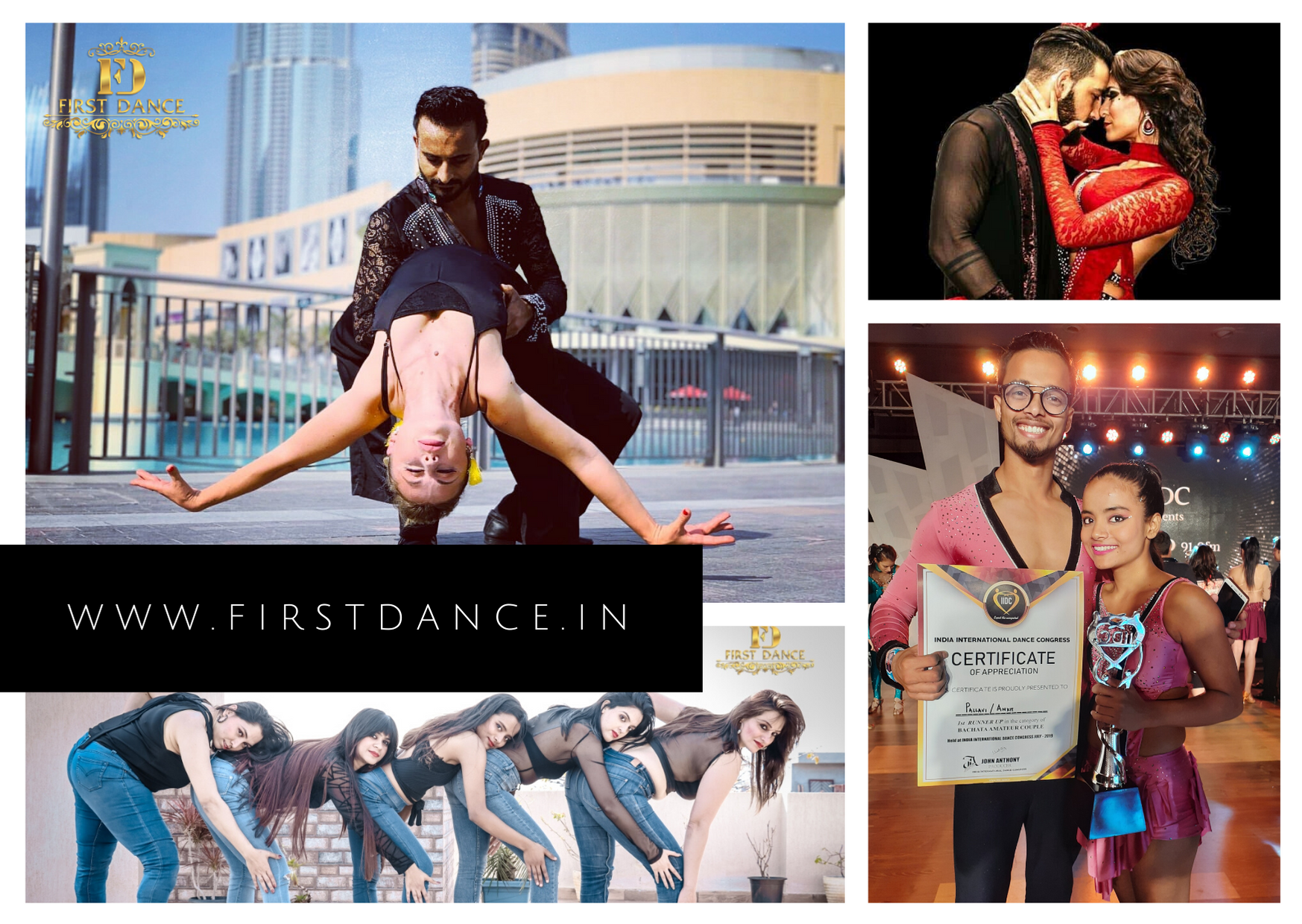The History of Hip–Hop dance encompasses the people and events since the late 1960s that have contributed to the development of early hip–hop dance styles, such as uprock, breaking, locking, roboting, boogaloo, and popping. Black Americans and Latino Americans created uprock and breaking in New York City.
Basic Terms:
B-boying aka break-boying, aka breakdancing. The history of these terms is obscure. “Break” may have been popularised by the DJ Kool Herc, who used the call “B-boys go down” to cue dancers to start moving to the virtuoso percussion breaks he mixed on his turntables. The term “boying” may simply reflect the overwhelmingly male profile of the break scene, hence the recent PC introduction of the term B-girling. But some argue the term derives from the African word “boioing” meaning hop or jump.
Boogaloo West-coast style developed by Boogaloo Sam in the mid-1970s, in which rolling actions of the hips, knees, and head added a fluid gloss to east-coast moves.
Electric boogaloo LA crew credited with inventing the boogaloo and popping.
Funk era The 1970s west-coast phase of hip-hop.
Gangstas and bitches The hard commercial face of hip-hop, largely disdained by today’s dance crews.
Hip-hop Generic term covering rap, dance, music, graffiti, etc.
Japan Became a hotbed of hip-hop invention after the release of Flashdance.
Krumping Fusion of underground clowning and hip-hop. The current LA scene is dominated by Tommy the Clown.
Korea Boasts a surprisingly lively hip-hop scene, exemplified by its stellar crew Street Age International.
Locking A playful staccato style developed by Don Campbell on the west coast and originally called the Campbell Lock. Dancers move rapidly through a series of split-second poses that are often taken from everyday life – such as tilting a hat or looking at a watch.
Moonwalk Name was wrongly given to the robotic glide popularised by Michael Jackson. Jackson actually danced a backslide; the moonwalk, a typical move from the Boogaloo style, doesn’t travel.
New Skool Late freestyle phase of hip-hop fusing a wide range of moves.
Old skool Early phase of hip-hop in which dancers retained clear distinctions between close-to-the-floor moves and more vertical styles.
Popping Variant of locking in which poses are linked into more fluid movement, credited to Popin Pete, a dancer with the Electric Boogaloos.
Robot Early form of popping popularised by Michael Jackson in his TV performances of the record Dancin’ Machine.
Rap or Rhythmic Accented Poetry New generation performers such as Benji Reid eschew the violence and misogyny associated with rap but exploit its staccato pulse and internal rhyme schemes in their own poetic texts.
Soul Train Weekly US TV series that started airing in the mid-1970s. Showcased African-American dance and music, and helped spread hip-hop across the US.
Twitch All-female crew, and a rare exception to a largely male scene.
Uprock Mock combats staged by early dance crews, which resembled fast, rhythmic versions of a kung fu fight. The dancers had to remain as close as possible without touching and often traded moves. Rocking is also a generic term for early hip-hop dance with the subcategory “down rock” denoting moves performed close to the floor, and “top rock” denoting those where dancers remain standing on their feet.
Urban Classicism Freestyle jazz and hip-hop group founded and directed by UK choreographer Robert Hylton.
Vagabond Crew Parisian troupe tipped as favorites for the 2004 Battle of the Year, Europe’s biggest hip-hop competition.
Windmill A sustained backspin, one of hip-hop’s most distinctive power moves.
Zulu Nation Collective name was given to the thousands of American kids who emulated the seminal Zulu Gang in the early 1970s.
For more you can follow this link: http://danceudc.com/some%E2%80%AFdance%E2%80%AFterminology-you-may-hear-in-hip-hop-class/
One of the best hip-hop dance crew in the world.
https://www.youtube.com/watch?v=vweyQrGMEAk


